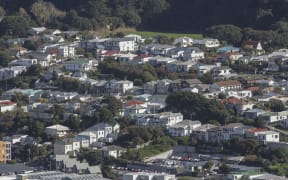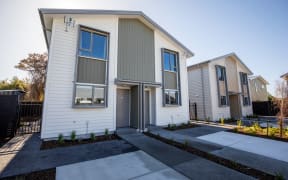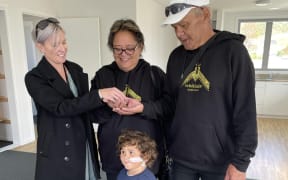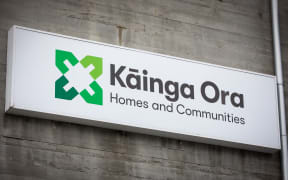
The Loan and Mercantile building in Dunedin. Photo: Graham Warman
A unique social housing project is set to open in Dunedin next month.
The Loan and Mercantile building on the city's waterfront will have 30 apartments for low-income tenants from the government's Housing Register.
The developer, Lund Dunedin owner Russell Lund said it would likely be the first social housing project in the country inside a heritage-listed building.
Lund told Nights it was a difficult task, but a much-needed project for Dunedin's social housing infrastructure.
The top floor will have luxury accommodation.
There will be 30 apartments on the middle floor which will be social housing for the Salvation Army.
"The ones in the middle floor are community housing. So, it's not short term, it's not emergency or transitional."
He said the Salvation Army was in the process of getting tenants for the complex.
In Dunedin, community housing was most sought by single people looking for one-bedroom units, Lund said.
"That was why we have 28 one-bedroom apartments and one two-bedroom and one three-bedroom."
The space has been designed by Australian architecture firm Circa Morris-Nunn Chua.
There would be a community space where tenants could develop social bonds and enjoy communal activities, Lund said.
The project was the result of meetings from the Mayor's Taskforce for Housing.
Differentiating social housing from luxury
The luxury apartments were currently being used as visitor accommodation, he said.
He said he conducted an informal survey of people visiting the next-door Thomas Greer Apartments, which was "quite a high-end visitor accommodation".
After taking them through Loan and Mercantile, they were asked if they would still move in knowing one floor would be used by social housing.
"And I've never had a response to say 'No'. Most people say 'That is fantastic'.
"Although it's in the same building the community housing has its own separate lift, its own separate stairway, so they're quite separate. So, we hope it's the best of both worlds."
The cost of redeveloping a heritage building
Lund said the building had a massive floor area spanning 2000 square metres, but it was not levelled.
"We used three semi-trailer loads of polystyrene insulation in the floors to get them to level, hundreds of cubic meters just to level the floors and put a concrete topping over them.
"But I've been a builder for 30 years, we've taken a long-term view on this project, so we're not trying to make a whole bunch of money on day one."
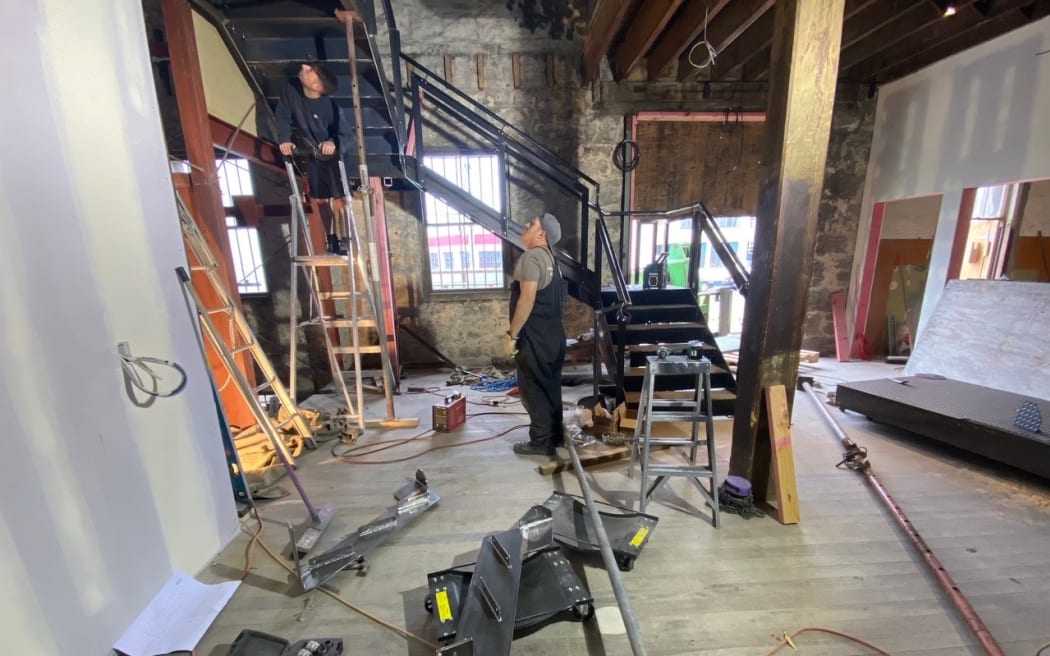
The space has been designed by Australian architecture firm Circa Morris-Nunn Chua. Photo: Supplied
He said they managed to do it up at a "sensible cost" but it was not without years of hurdles with council.
Lund has owned the Loan and Mercantile building since the late 1990s.
The building was in an industrial zone, so he wanted to put in a clause where residents would need to sign a "no complaints covenant, which says if you move into this area, you know what you're moving into, you can't complain".
"But council weren't of a mind to accept that at that time. It took two-and-a-half years to actually do the resource consent process, which then got appealed by the multinational company that was next door."
Then the multinational company closed down in Dunedin.
"All of a sudden the pathway cleared, from years of having to spend another year in the Environment Court and spend a fortune, we managed to get an agreement with the other objectors and they were quite reasonable
"But then it was all for nothing because the council rezoned the area in 2019 to allow residential and office, and various other things."
The whole process cost hundreds of thousands of dollars, he said.
Return on investment
"We've got to cover our costs," Lund said.
But it was about taking a longer-term view and assuming that with time "rents will gradually increase and things will get better".
"It's very difficult to make it work. We're not doing these to sell, we are the landlord and the owner, we are not going to sell them. My wife and I have invested far too much of ourselves to do that."
For developers wanting to go down the same route, he said it was economically more feasible to redevelop an existing heritage building that had a large floor plate.
